Space Transportation Technology Directorate
For Safe Flight of H3 Launch Vehicle
Launch Vehicle Tracking Station Facilities Upgraded
In time with the ongoing H3 Launch Vehicle development, JAXA has implemented a full-scale upgrading project for its launch vehicle tracking station systems, a key function for post-liftoff operations. This article introduces a behind-the-scenes story shared by HAMASAKI Takashi, WADA Tomoko and OGURA Tatsuya at Space Transportation Technology Directorate, leaders of the upgrading project.
Seeking greater value than partial facility replacement can offer
JAXA's launch operations are performed at Takesaki Range Control Center (RCC) in the Tanegashima Space Center. The RCC is responsible for launch tracking and control, which involves making many decisions to appropriately implement a range of processes from monitoring the condition of the flying vehicle, ensuring safe flight to confirming the mission complete.
These operations are supported by tracking stations, a function to radio-track the lifted-off vehicle and confirm its entry into the planned trajectory while transmitting signals to and from the vehicle. While the vehicle flies around the globe in an arc, radio waves move in a linear fashion, and thus a number of tracking stations are located in and outside of Japan to relay the process.
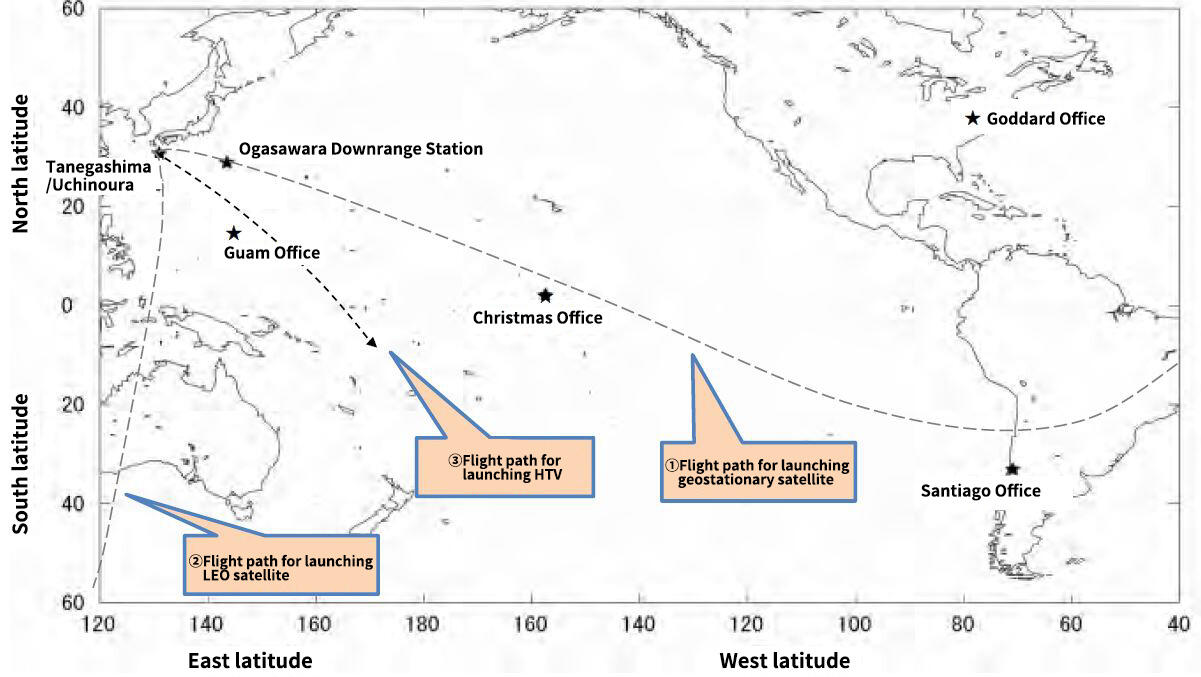
These functions have undergone a full-scale facility upgrading prior to the scheduled launch of the H3 Launch Vehicle's first test flight.
WADA Tomoko, who is responsible for the overall management of system development/verification, described reasons for a large-scale upgrading being chosen rather than a partial replacement. She said:
"It's been 20 years since the launch of the first test flight of the H-IIA, current mainstay launch vehicle, and the related antennas and other facilities are aging, accordingly. Thus, ahead of the planned first launch of the H3, we decided that a major upgrading should be conducted with an eye on long-term service for the next-gen mainstay launch vehicle.
It is also important to time the facility upgrading with the development of the H3, looking to ensure more efficient and updated operations of the new launch vehicle."
The ongoing upgrading is planned to take an important part in promoting the H3 project, which is more than a simple, independent ground infrastructure improvement for launch operations. Specifically, new facilities should be able to contribute to achieving the H3's aim of offering a set of three values: high flexibility, high reliability, and high cost performance.
The highlight of the upgrading is for the RCC to be equipped to operate each tracking stations by remote control. This will help reduce station personnel and cut cost related to launch operations.
Also, various operational automation technologies have been introduced to enhance labor savings as well as facility maintenance efficiency and cost-cuts. For example, maintenance cost-saving plans for receiving equipment include downsized antennas, enabled through optimizing equipment performance balance between the flying vehicle and the ground station, and a diminished number of equipment items.
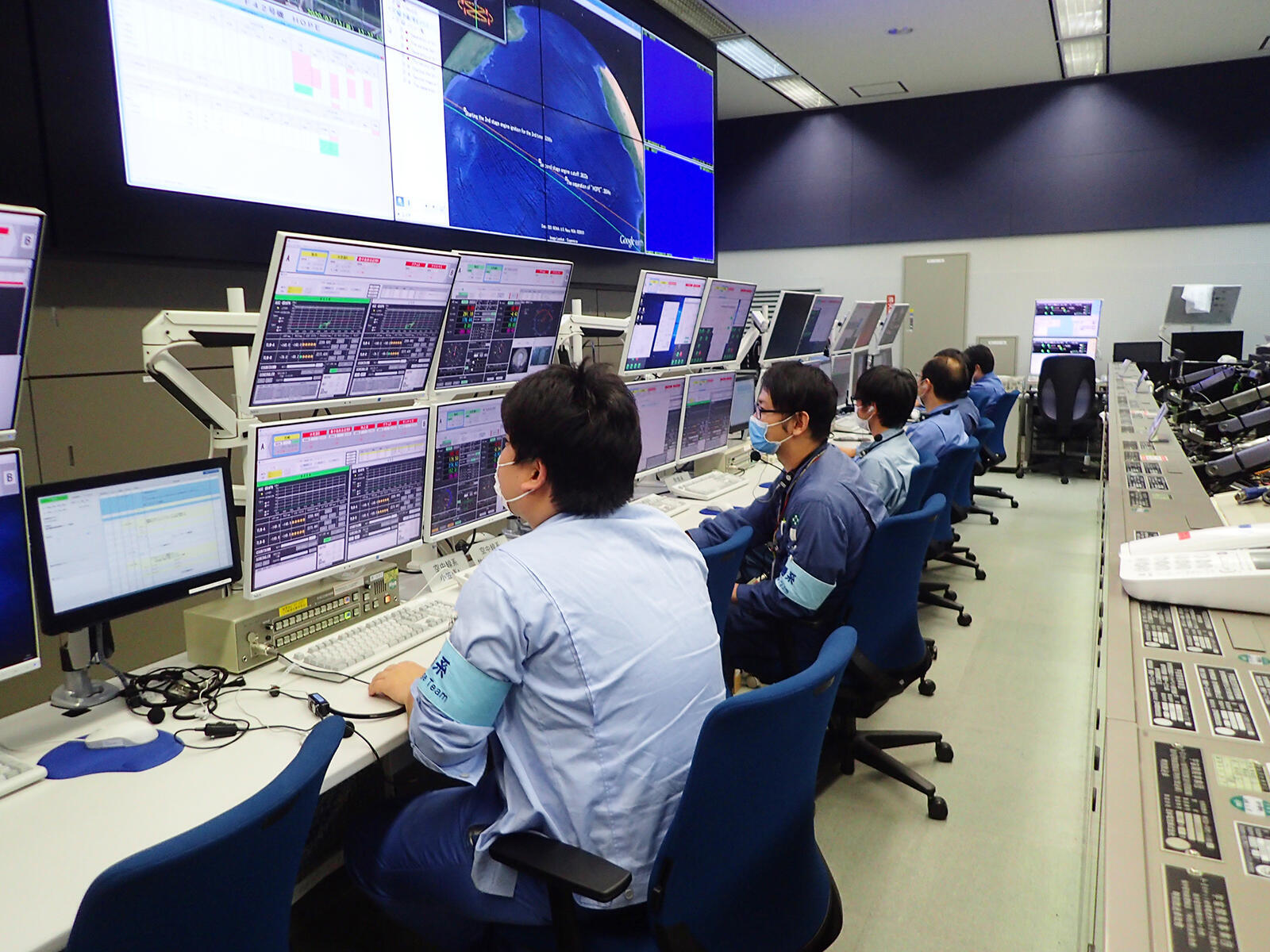
HAMASAKI Takashi, the Manager for Range Technology Development Unit, engaged in system development from the earliest stage, explained the significance of a full-scale facility replacement, as follows:
"This represents JAXA's first full-scale facility replacement involving almost all tracking stations in the agency's history from its original founding as NASDA. In the past, facility replacement was made only for aging parts. But full-scale replacement allows for an opportunity to optimize overall functional allocation for launch tracking and control, which enables improvements in various areas, such as operation and maintenance cost reduction and automated operation and inspection processes. This is "added value" you cannot expect from partial facility replacement. As a result, we were able to prepare appropriate launch and range systems (tracking stations and related control functions) for the H3 next-gen launch vehicle."
Addressing challenges to secure existing H-II A/B launch operations
The tracking station upgrading project has been faced by a number of challenges. One such example was about ensuring that existing H-II A/B launch operations will never be disturbed by upgrading work. Actually, in the case of the tracking station in Guam, a new antenna for the H3 had to be installed within a limited space available in a way to avoid interfering with the existing antennas for the H-II A/B.
OGURA Tatsuya, looking back on his engagement in preparing for overseas stations' operations, described related difficulties as below:
"We must give top priority to ensuring the H-II A/B launch operations will be continued as before. Thus, we worked to be constantly aware of potential impact from development of new facilities. We need to consider physical effect, among other factors, and also communication network load, which is important particularly in the RCC, where many functions concentrate. H-II A/B-related data and H3-related data running in one network will compete for the finite capacity, which may result in partial loss of H-II A/B data due to an increase in H3 data. Controlling the balance was quite a task."
HAMASAKI gave details about hardships involved in constructing the new Takesaki Station near the RCC, as follows:
"The project site was prepared by leveling a hill in a remote area, far above the level accessible by vehicles. There was no road to transport building materilas and equipment to the construction site, but the problem was overcome thanks to the tremendous efforts of the facilities department and manufacturers, and the project was completed."
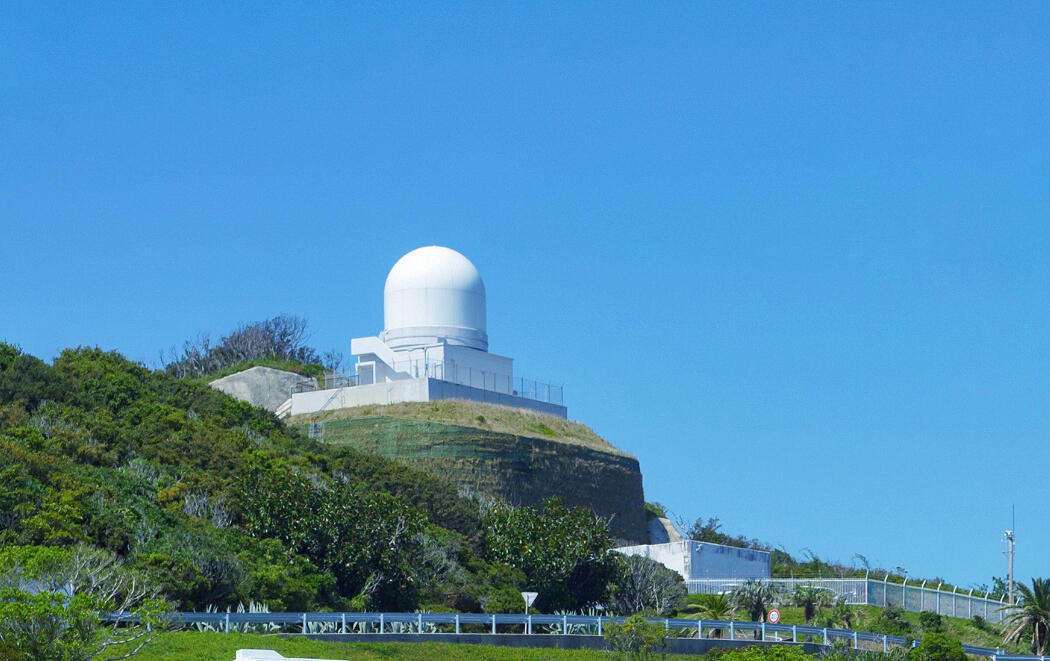
Completing final tests despite difficulties related to COVID-19
At the end of March 2020, final verification tests were performed for the overall launch and range systems including tracking stations. However, as COVID-19 was beginning to spread globally, the plan had to be changed at the last minute due to "entry bans on foreigners imposed by governments related to Guam and Christmas Island." (OGURA)
"Our original plan was to dispatch persons to each station to verify the performance of the overall systems, but engineers from US makers and persons from JAXA arriving in the two countries were forced to return home immediately. We discussed actions to take, and decided to conduct tests in a different method―by remote control from the RCC, taking advantage of one of its new function. Appropriate test settings were created centering on the RCC, and arrangements were made to be able to use on-call technical support of manufacturers as needed. These measures served the purpose adequately.

The tracking station facility upgrading has progressed while solving many issues. Looking back, WADA shared her view on the project, saying, "the H3 development, involving spacecraft and launch and range facilities, including tracking stations, is progressing steadily toward the aim of achieving 'high flexibility, high reliability, and high cost performance.' I believe the H3 project will become a driving force of future space use."
"I think we are entering the age of space business, driven by expanding participation of the private sector. To support the growth of the industry, JAXA should be responsible for safe launch operations at least for the near future. As part of efforts directed at this role, we will work to prepare more advanced launch and range facilities, looking to help expand the space use market."
HAMASAKI also shared his outlook on the diversifying purposes of rocket launch service, as below:
"A diversity of services will be provided to meet various needs related to on-orbit activities, removal of space debris, suborbital flights, including for space travel, among others. Such a situation will require different launch methods to be developed to serve different purposes appropriately. Also, given that research efforts have begun to develop recyclable next-gen launch vehicles, we should build capabilities to verify facilities to safely collect returned vehicles on the ground. We will consider expected requirements for launch and range facilities to appropriately respond to various needs in the future in association with the development of launch vehicles."
Profile
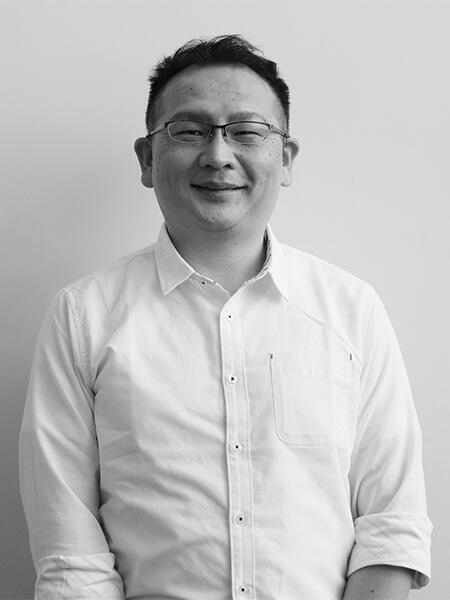
|
|
|---|
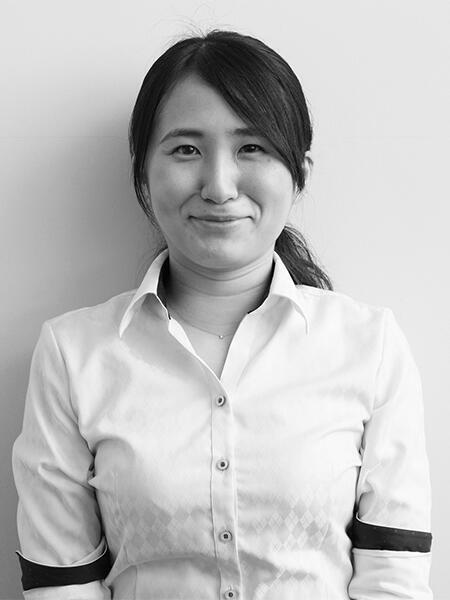
|
|
|---|
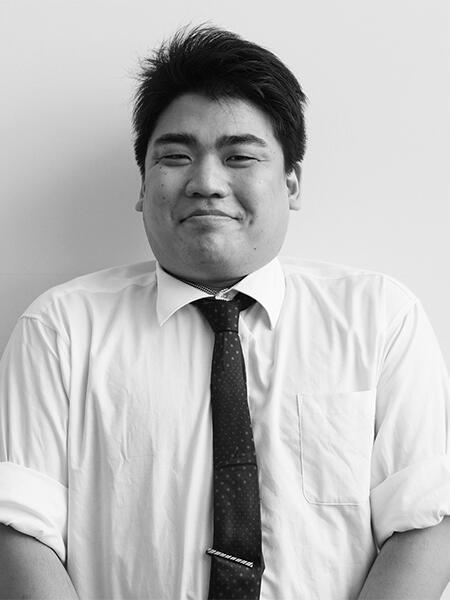
|
|
|---|
All the images are copyrighted ©JAXA unless otherwise noticed.
- Home>
- Global Activity>
- Public Relations>
- JAXA’s>
- JAXA's No.81>
- For Safe Flight of H3 Launch Vehicle Launch Vehicle Tracking Station Facilities Upgraded